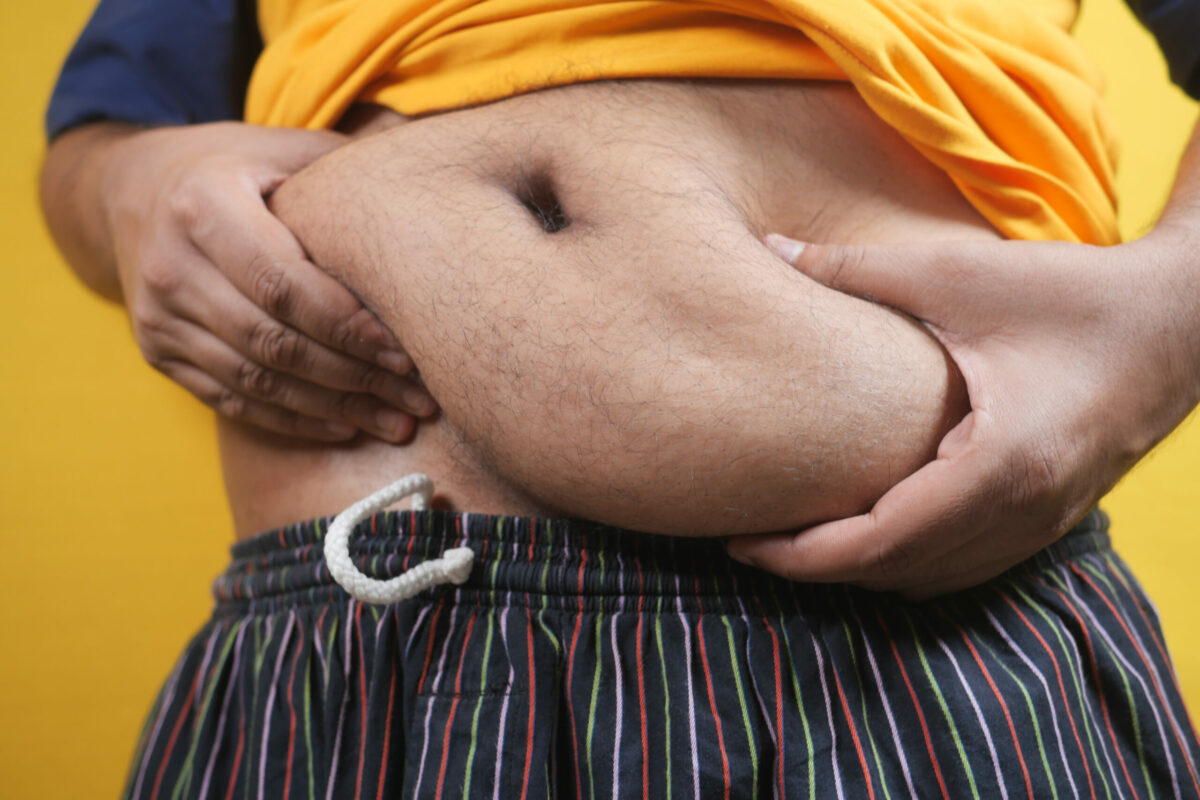Certain chemical messengers that help in the coordination of different bodily functions are called hormones. Different organs, glands, and tissues release hormones, many of which are a part of the endocrine system.
What are Hormones?
Hormones are vital for life and health because they carry messages through blood to the organs, skin, muscles, and other tissues. These messages help to tell your body what and when to do something. Experts have found more than 50 hormones in the human body. Check below what body processes are controlled by hormones:
- Sexual function
- Growth and development
- Metabolism
- Homeostasis (such as blood pressure, blood sugar, fluid, electrolyte balance, body temperature, and others)
- Reproduction
- Sleep-wake cycle
- Mood
Unfortunately, even mild hormonal changes can provoke significant changes in the body, which usually lead to health conditions.
How Much Communication Types Hormones Use?
The hormones are used by the body for two types of communication and the first occurs between two endocrine glands. As a result, when a gland releases the hormone it triggers another gland to change hormone levels that it is releasing. For example pituitary gland and thyroid gland. When the pituitary gland releases the thyroid-stimulating hormone (TSH), it triggers the thyroid to release its hormones.
Communication between the endocrine system and organs is the second type. For example, when your pancreas releases insulin it helps the muscles and liver process glucose. For additional information, talk with your healthcare professional.
What are Body Tissues That Produce Hormones?
The most of hormones are released by special glands that form your endocrine system. An organ that makes one or more substances (such as hormones, digestive juice, sweat, or tears) is called a gland. Additionally, these glands release hormones right into your bloodstream. Check below endocrine system glands:
- Hypothalamus
- Thyroid
- Pineal gland
- Pituitary gland
- Adrenal glands
- Ovaries
- Pancreas
- Testicles
- Parathyroid glands
Check below for other organs that release hormones that are not considered a part of the endocrine system:
- Liver
- Kidneys
- Adipose tissue
- Gut (gastrointestinal tract)
- Placenta
Hypothalamus
This organ is located in a small area of your brain and it is linked to your pituitary gland through pituitary stalk. This gland releases different hormones. For example:
- Dopamine
- Oxytocin
- Somatostatin
- Thyrotropin-releasing hormone
- Growth-releasing hormone
- Gonadotropin-releasing hormone
- Corticotrophin-releasing hormone
Pituitary Gland
It is a small gland located at the base of your brain, right below the hypothalamus. The hormones that this gland releases are listed below. Examples include:
- Growth hormone (GH)
- Luteinizing hormone (LH)
- Follicle-stimulating hormone (FSH)
- Adrenocorticotropic hormone (ACTH or corticotropin)
- Prolactin
- Thyroid-stimulating hormone (TSH)
- Oxytocin
- Antidiuretic hormone (ADH or vasopressin)
Pineal Gland
This gland releases Melatonin hormone and it is located beneath the back of the corpus callosum. Corpus callosum are nerve fibers that link two parts of the brain. This hormone helps to keep under control the sleep-wake cycle.
Thyroid Gland
This gland is located under the skin at the front of your neck. The primary job of this gland is to control the metabolism speed. Metabolism involves how fast your body can transform food into energy. Check below some hormones that the thyroid gland releases:
- Thyroxine (T4)
- Triiodothyronine (T3)
- Reverse triiodothyronine (RT3)
- Calcitonin
In addition, T3 and T4 are also called thyroid hormones.
Parathyroid Glands
In normal circumstances, people have four small glands located behind the thyroid gland. In some cases, you may notice your parathyroid glands along the esophagus in the chest. However, also known as ectopic, which means that it is not a normal place for them. They produce parathyroid hormone (PTH) that helps to maintain healthy calcium levels in the blood. Furthermore, calcium is very important for bone health.
Adrenal Glands
Another name for these glands is the suprarenal glands. These glands are small triangle-shaped, which are located on the top of each kidney. Check below some hormones that adrenal glands release:
- Noradrenaline (norepinephrine)
- Adrenaline (epinephrine)
- Androgens and DHEA
- Aldosterone
- Cortisol
Pancreas
This is an organ located in the back of the abdomen and it is a part of your digestive and endocrine systems. It produces Glucagon and Insulin.
Ovaries
Normally, females and people assigned to female at birth (AFAB) have two ovaries located on both sides of their uterus. Moreover, these glands contain egg cells that are necessary for reproduction. Check below the hormones that ovaries make:
- Progesterone
- Estrogen
- Testosterone
Testicles
These glands are a part of the male’s reproductive system. Testes make sperm and Testosterone.
Adipose Tissue
Adipose tissue also known as fat tissue is located all over the body (such as under the skin, around internal organs, between muscles, and others). These tissues produce the following hormones:
- Adiponectin
- Plasminogen activator inhibitor-1
- Estrogen
- Angiotensin
- Leptin
Kidneys
These are two organs that filter the blood (the body’s filtering organs). Kidneys are a part of the urinary system. However, they also produce some hormones. For example:
- Renin
- Vitamin D (the active form)
- Erythropoietin
Liver
This is a vital organ and gland that performs different functions in the body necessary to keep you alive. Furthermore, the liver is considered a part of the digestive system but it also creates some hormones. Check below some examples:
- Angiotensinogen
- Insulin-like growth factor 1 (IGF-1)
Gut
The gut or gastrointestinal tract is a long tube that begins at your mouth and ends at your anus. This tube is responsible for digestion and experts are studying the hormones that the gut produces and their effects. Examples include:
- Somatostatin
- Glucagon-like peptide 1 (GLP-1)
- Ghrelin
Placenta
This organ develops temporarily in the uterus during pregnancy. It helps to supply the fetus with oxygen and nutrients that help to development. To maintain pregnancy this organ also makes Estrogen and Progesterone.
What are Health Conditions Provoked by Hormone Problems?
Hormonal issues can provoke different health conditions. Check below the most common conditions:
- Diabetes (type 2 diabetes, type 1 diabetes, gestational diabetes).
- Thyroid disease (hypothyroidism- low thyroid hormone level and hyperthyroidism- increased thyroid hormone levels).
- Irregular menstrual periods provoked by polycystic ovary syndrome (PCOS), amenorrhea, and anovulation.
- Female infertility
- Male infertility caused by hypogonadism (decreased testosterone levels)
- Obesity
What are The Main Causes of a Hormonal Imbalance?
Check below the most common causes of hormone imbalances:
- Hereditary gene mutations
- Autoimmune diseases
- Injury or damage to the endocrine glands
- Tumors, adenomas, or other growths
In case you have any other questions, discuss it with your healthcare professional.
Frequently Asked Questions
What kind of doctor treats hormone-related conditions?
Endocrinologists are the healthcare providers that study diseases associated with hormones. They can diagnose and prescribe a suitable treatment if there is a hormonal imbalance or hormone-related disease.
What do hormones do?
Hormones are a vital part of our body, which help to control different body functions (including growth, repair, reproduction, and others).
Do I have a hormonal imbalance?
Usually, the most common symptoms of a hormonal imbalance are reduced sex drive, acne, and weight changes. If you notice any of the previous symptoms or other effects, immediately contact your healthcare professional.




